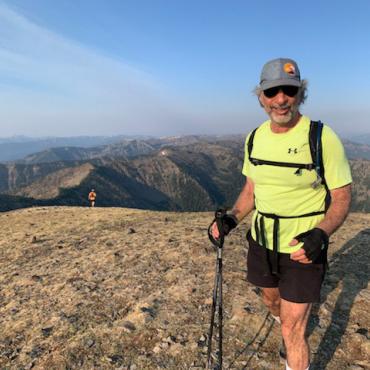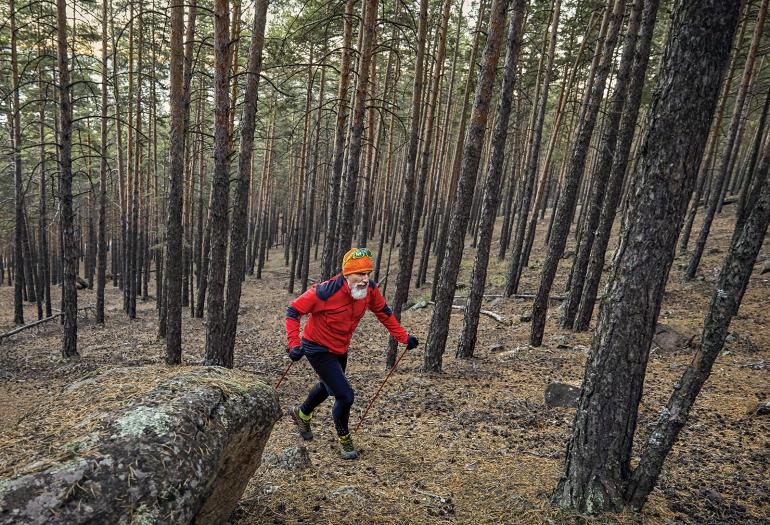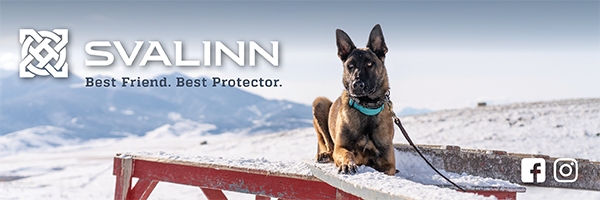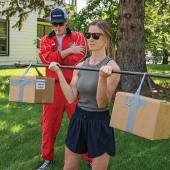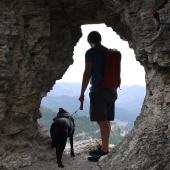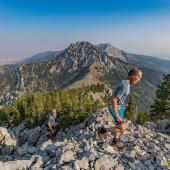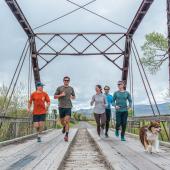Raging While Aging
Slogging toward the Ridge Run.
But some of us have trouble letting go of whatever it is we think we’re holding onto. It can’t be our youth, that train has long since left the station. Maybe we just aren’t ready for old age, and we think running is the key to maintaining our aging carapaces a bit longer.
The goal of all this slogging is to increase my capacity to, uh, slog. Okay, that’s not quite right. It builds up my aerobic capacity—my ability to burn fat instead of carbs as I run.
I’m one of these folks. I’ve been a runner all my life, and creaky as I’m becoming, I’m still pounding out miles. There’s a certain freedom to running. The gear demands are minimal, and around Bozeman especially, the places that we can quickly reach provide a lot of motivation. I also love racing. The excitement of being out, ready to test yourself, on a chilly morning is a thrill I’m reluctant to give up.
However, during the most recent Ridge Run, I found myself questioning whether my time has passed. After a season of training, I was buried deep among the stragglers. As I ran down the M trail to the finish, I was asking myself if this was it. Am I just too old to keep running races this tough? It struck me that if I were to run it again, I’d have to train differently.
I started reading training articles and discovered Training for the Uphill Athlete, which directed me to zone training. This technique has been around for decades—and I’d tried it halfheartedly a few times, but it never took. It requires one to run slowly and pay attention to one’s heartrate. My sense was that slow running equals more hours running, which is impossible for a busy working dad. I’m running slow, I’m breathing through my nose, this is great, but I’ve got a meeting in an hour, and I’m not going to make the miles I had planned if I keep running at this pace. Oh, forget it—and I’d pick up the pace. I’d try it again maybe a year later for another five minutes.
Slogging is less fun than running as fast as I feel like going, which often isn’t very fast, but I digress. Some of the excitement of running is lost in a heartrate-restricted trudge. But my slow pace doesn’t wear me out, so I’m running six days a week instead of three. And in my endless trudges I’m consistently putting down a lot of miles.
The goal of all this slogging is to increase my capacity to, uh, slog. Okay, that’s not quite right. It builds up my aerobic capacity—my ability to burn fat instead of carbs as I run. We have an enormous amount of fat we can burn, but a limited amount of carbs. If we can teach our bodies to access these fats, our endurance will improve, and endurance equals speed. How do we teach our bodies to burn fats? We slog, we trudge, and we creep endlessly forward.
Slogs in my hilly neighborhood have improved from 15-17 minutes per mile to 11-13 while staying in the fat-burning heartrate zone. It’s still not fast, even for an ol’ guy like me, but the improvement makes me believe that it’s working.
The more I slog, the faster I can do it while maintaining the same heartrate. It took more than 100 miles before I saw any improvement, and I’m still running slowly. Slogs in my hilly neighborhood have improved from 15-17 minutes per mile to 11-13 while staying in the fat-burning heartrate zone. It’s still not fast, even for an ol’ guy like me, but the improvement makes me believe that it’s working. And biologically, it is. The thing that makes zone training worth trying is that the fat-burning zones expand to include higher heartrates as you slog through months of miles. Before you know it, you’re running quite fast while still burning mostly fats.
The next phase of this training is when I start trying to run fast again and sustain it for long time periods. The goal is to eventually be running quite fast while still mostly burning fats. This adds up to greater endurance and hopefully, in my case, non-straggler status in the next Ridge Run.
But this type of training doesn’t come without challenges. In my experience, the effect on my ego has been the hardest part of zone training, especially in the early months when I was moving very slowly. One day, I was slogging through my neighborhood and one of my elderly neighbors looked at me and said, “Oh sonny, at least you’re still trying.” I swallowed the grimace, stifled the growl, said “Thank you,” and kept slogging.

